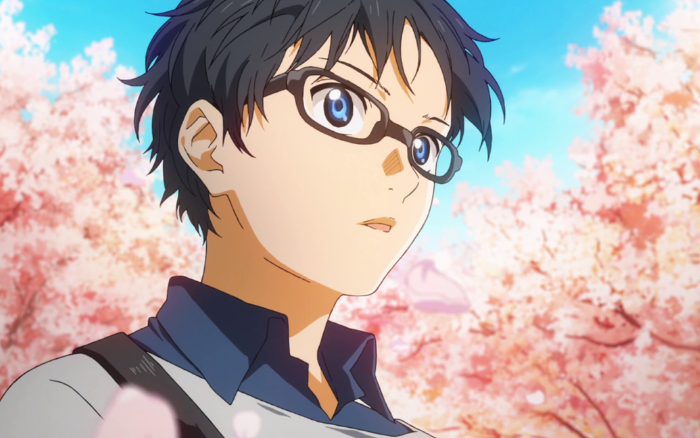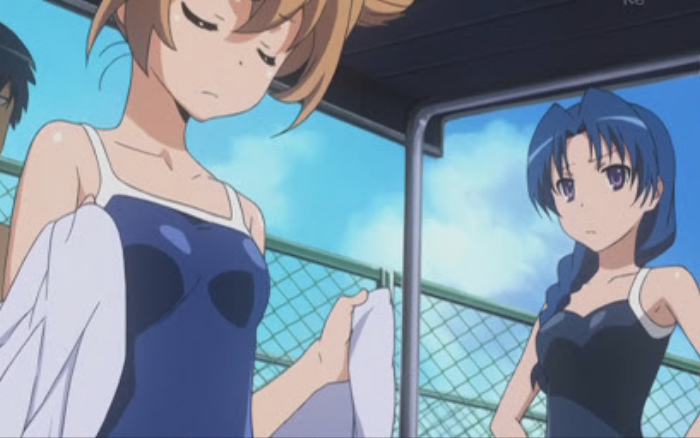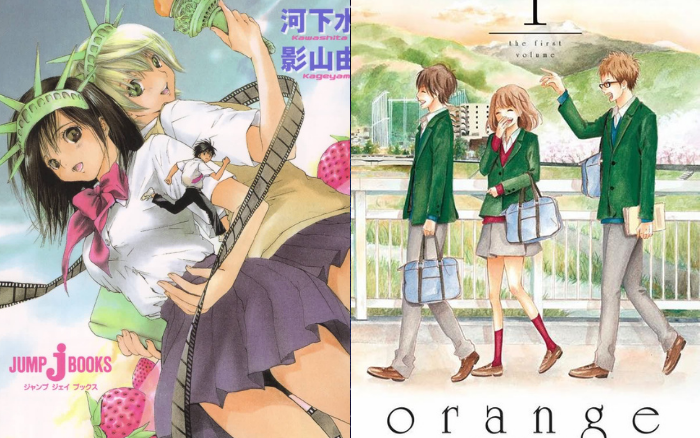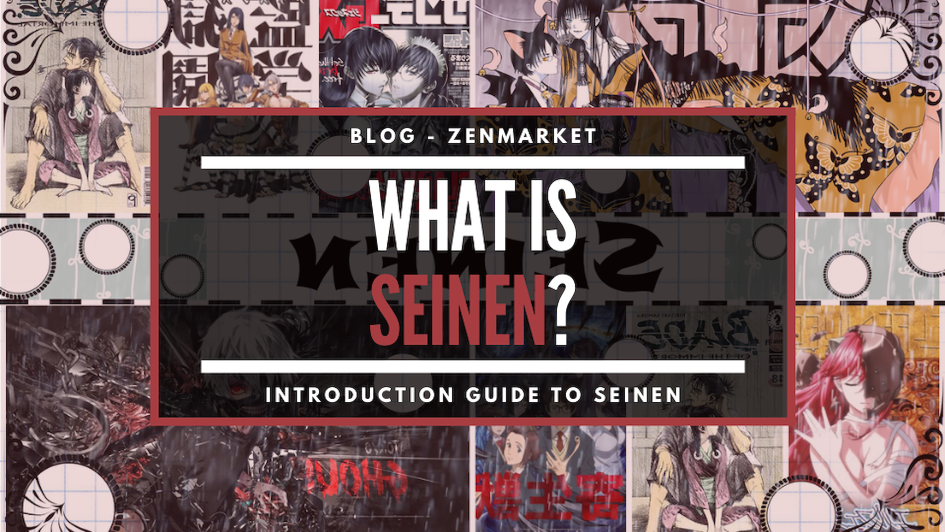Japanese anime, manga, and even video games, are often placed into the shounen and shoujo categories, based on their target demographics.
While there are other types of these categories, including Seinen and Josei, this article will focus on shounen and shoujo and some of the key differences between them.
What is shounen?
shonen or shounen (少年) literally means “young boy” in Japanese.
Likewise, as a genre, shounen manga, anime, and video games are geared towards school-aged males in Japan. This target audience is anywhere from boys in elementary school to males in their late teens.
However, shounen as a genre is enjoyed by people of all ages.
There are also various sub-genres, such as shounen action, shounen romance, shounen sports, and more.
What is Shoujo?
shojo or shoujo (少女) literally means “young girl”.
Therefore, as a genre, shoujo manga and anime are generally targeted at girls in elementary school up to high school. However, just like with shounen, shoujo titles are often enjoyed by people of all ages.
In fact, despite being a 27-year-old male, the shoujo romance manga Orange quickly became one of my favorites.
Just like with shounen, there are various sub-genres, such as shoujo action, shoujo romance, shoujo fantasy, and more.
Shounen vs Shoujo: 3 Key Differences
There are so many small differences between shounen and shoujo titles, that listing them all would make this article far too long.
However, aside from the different demographics of target audiences, below are 3 key differences between the two genres that you need to know.
These key points will help you more easily identify and distinguish between shoujo and shounen titles.
1. Gender of the Protagonist
 Kosei from Your Lie in April
Kosei from Your Lie in April
Typically, when trying to identify between the genres, the most obvious clue is to simply look at the protagonist of the story.
If they are male, then it is likely that the anime, manga, or video game is targeted at a male audience and would fall under shounen.
Likewise, a female protagonist is a good sign that it is likely a work targeted at a female audience.
There are also many character tropes in shounen and shoujo that can serve as key indicators as to what the genre of work is.
For example, in a shounen romance anime (Ichigo 100%, Your Lie in April), the protagonist is normally a shy, quiet, male who “just wants to live a peaceful life and not get noticed by anyone.”
In a shoujo romance anime, the protagonist is often a shy, quiet, girl whose love interest is a more outspoken and outgoing guy (My Little Monster).
Alternatively, you often see outgoing and outspoken female leads in shoujo titles that are more tsundere types, such as Misaki in Maid Sama!.
2. Fan Service
One thing that the shounen genre is typically criticized for (or praised for depending on who you ask) is fan service.
Basically, Fan Service is a nice way of saying bikini shots and other sexual content added into an anime, manga, or video game, simply for the sake of pleasing the fans.
Normally these scenes don’t add anything to the story as a whole.
This has been a point of international criticism by many countries, due to shounen romance animes often having a high school setting. Leading to fan service that often sexualizes underage girls.
Because of this, many titles have been censored when being localized in the United States, Canada, and other English-speaking countries.
 Swimming Pool Scene in Toradora!
Swimming Pool Scene in Toradora!
Therefore, if you ever see prolonged bikini shots or female characters whose clothes accidentally get ripped for no apparent reason, chances are, it's a shounen title.
On the other hand, fan service means content created just to please fans. So while it generally refers to sexual content, there are other kinds of fan service.
In mecha anime, like the Gundam series, fan service could refer to wide shots of the Gundam mechas or epic Gundam battle scenes in space.
3. Character Design
Another easy indicator to tell the difference between shoujo and shounen works is the character design.
Put simply, in shounen titles, male characters are more muscular, and female characters are more “well-endowed”, often to a ridiculous extent.
Oppositely, in shoujo titles, female characters are often designed more realistically and with more reserved clothing.
You will find male characters are often slim and well-shaven.
Take, for example, the manga book covers of Ichigo 100% and Orange.
 Ichigo 100% (left) and Orange (right)
Ichigo 100% (left) and Orange (right)
I’m sure you can tell, without too much effort, which manga is catered more towards the shounen readership and which targets the shoujo readership.
We hope that this article has helped you better understand the shounen and shoujo categories.
These key indicators should help you differentiate between the two types going forward, and help you better traverse libraries when looking for new titles to watch, new manga to read, or even new games to play.
If you’re looking for more reading, check out these related articles:

